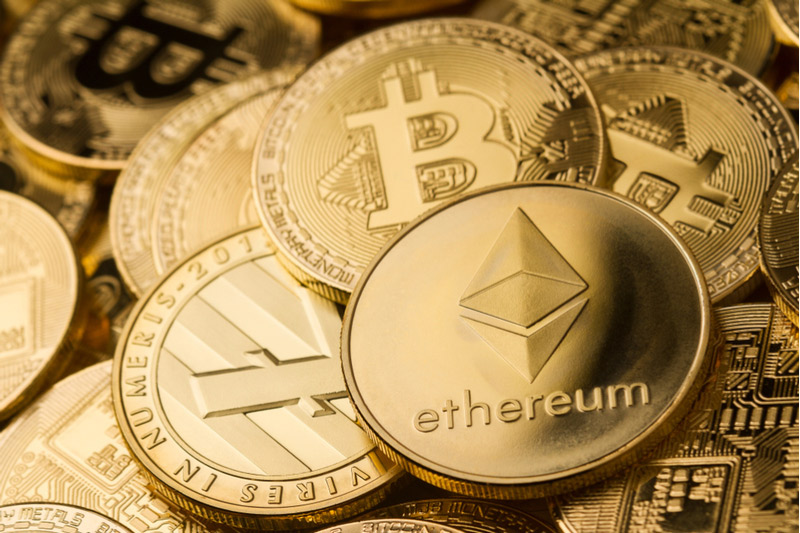- UWIM makes token creation open for end-issuers with no extra development and audits.
- UWIM’s product mechanics utilize lots of token types and standards to satisfy end-users.
- UWIM is set to hold an IDO in Q1 – early Q2 2022.
Blockchain’s mass adoption is a topic that has remained on the agenda for the past several years. While plenty of projects are trying to lower the entry barriers for non-crypto users, there’s still a giant gap between blockchain architecture and potential token issuers.
Namely, even deploying an Ethereum smart contract to the network requires some advanced skills. Additionally, the issuing mechanism can also be hampered by other essential steps including audits, DEX listings, regular maintenance, and so on.
Considering these showstoppers, tokenization is indeed a complicated process, and potential token issuers from the off-chain world are isolated from their initial steps towards launching an on-chain project.
Tokenization itself is also a trend that has evolved through the years. Potential issuers of all kinds, from individuals and startups to VCs and businesses, have a growing demand for the tokenization of their assets.
Blockchain can be considered a terrific option for token issuing. Thanks to the technological and business approaches that UWIM has chosen to bridge the gap between tokenization and end-issuers, the process of no-hurdle emitting has become possible.
The main challenge behind UWIM is to create a user-oriented flow for those looking to launch their own tokens in a matter of a few steps. The technological aspects combined with a smooth UI have made token generation accessible for end-issuers with no additional development and audits required. The heart of this solution is the so-called “Smart Token” – a constructor with a large number of preset parameters that helps the issuers create a token with no hassle.
This easy-to-start flow is suited to individuals and entities that are willing to enter the market and further organize the selling phase, no matter what they’re planning to sell: personal brand or tokenized assets. Thanks to the variety of token standards, UWIM covers the needs of issuers of all kinds, such as influencers, startups, and existing businesses.
With thoughtful mechanics under the hood, the team has crafted the path for issuers from both the crypto and off-chain worlds to tokenize their assets or start a crowdfunding campaign.
UWIM’s product mechanics utilize plenty of token types and standards to satisfy end-users, including issuers, validators, traders, and other participants, and provide them with a well-conceived experience. It’s worth mentioning the fundamental approaches behind the whole product: contract types and token standards.
Several types of tokens are available within the UWIM platform and two additional smart contracts that the team has decided to utilize for the product. As for the tokens, there are plenty of personal token standards the user could choose from depending on their needs and goals.
The personal tokens’ standards utilize a so-called Standard smart contract. The second type of smart contract is NFT, a non-fungible token with unique elements. Last but not least is DAO – a contract for collective decision-making with dynamic consensus.
Getting back to the token standards, UWIM currently provides token creators with five options – My, Donate, StartUp, Business, and Trade – that suit potential issuers’ goals correspondingly. Additionally, the team plans to expand the list of token standards by adding more options for the GameFi sphere, as the team foresees huge prospects in this direction.
UWIM’s technological aspects are widely-diverse, and based on their own blockchain and modified Proof-of-Stake consensus. It was designed as a distributed network for the creation, use, and management of a great number of users’ smart contracts and DApps that co-operate within the platform.
The project also takes interoperability into account, planning to connect the native UWIM blockchain with other networks, including ETH, BSC, and others via blockchain bridges.
Being an open-source project, UWIM will implement the possibility for developers to introduce their custom-made standards and solutions, as well as present them through a marketplace, giving other potential issuers the opportunity to utilize additional types of tokens.
UWIM is set to hold an IDO in Q1 – early Q2 2022. However, most essential ecosystem components have already been deployed and delivered in 2021. This year the team will continue product development, including releasing a multi-chain DEX, NFT platform, token accreditation mechanism, etc.
The team plans to complete the IDO in March-April 2022 on several launchpads to be announced later. Currently, the project has private sale options that can be found on UWIM’s website.
It’s truly exciting to witness the way the whole crypto landscape is changing. With the growing demand for tokenization trends and the emergence of projects that simplify market entry, we’re getting closer to symbiosis.
